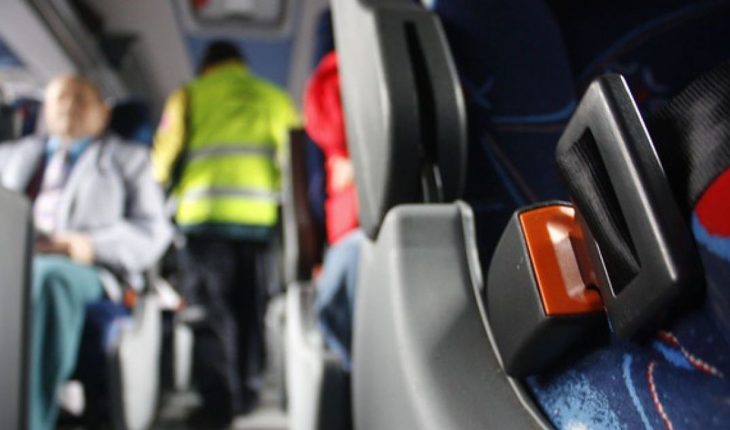Once again death is in the stained glass window of the Argentine routes. And once again there remains a sense that the casualty balance could have been much lower. A collective’s overturn ended up killing 15 people and leaving another 40 injuries.
The bus had departed Mendoza with a contingent of retirees and was destined for Termas de Río Hondo, in Santiago del Estero. The fog, the route or the (im)skill of the driver, is not entirely clear, caused the bus to leave the route and end up overturning.
The bus dumped in Tucumán.
The first reports speak of poor signage, both in the signage and in the horizontal demarcation, in the area of the crossing between provincial routes 157 and the national routes 308, in the town of La Madrid, Tucumán.The collective, owned by the company Sanjuanina Destino Ser, was enabled by the National Transport Regulatory Commission (CNRT), as well as the driver’s licenses of the two drivers (they expired in 2020). But without taking responsibility for the tragedy, what is clear is that the number of casualties could have been reduced if we were more attached to the wearing of a seat belt. In resolution 757/2006 of the Ministry of Transport of September 2006, the amendments were published in the “Manual of Technical Specifications for Passenger Motor Transport Vehicles”. Since then, “in long-distance vehicles, ‘pelvic’ model fastening straps will be placed in all seats intended for the passenger, passenger and on-board attendant”. In other words, long-distance buses are required to be equipped with two-point seat belts at each of the travel stations you have. Therefore, if it did not have them, the corresponding technical checks would not pass. The problem is that for the passenger there is no obligation to use the belt or a control or subsequent sanctions that “invite” to use it, but only has the suggestion of an informative video, a travel assistant or the driver. In a collective, the risks of road accidents are of overturning the vehicle or a sharp slowdown as a result of an impact. In both cases, the danger of passengers hitting the insides of the or being projected outside, and sometimes crushed by the same group when tipping, are very large. According to a report by the Spanish Mapfre Foundation, there is a false belief that due to the larger dimensions of the vehicle its drivers and occupants are more protected, which makes the use of a seat belt much lower than in cars, albeit of likewise, its effectiveness is above all doubt. Several studies place between 20% and 80% the increase in the possibility of serious injury if a suitable retention device is not used. This percentage increase is much higher, increasing dramatically, when the occupants are laid off the vehicle. Depending on the slowdown, objects and people inside a vehicle can see its weight multiplied by 20 and 50. The seat belt prevents the displacement that this phenomenon produces. It should be borne in mind that the collectives have a high center of gravity, which makes them prone to overturn as a result of a sudden change of trajectory. The chances of getting fired from the vehicle due to the large glazed surface are also greater. There is no statistic that demonstrates the effectiveness of the belt in collectives or how many people regularly use it in Argentina.But there is one thing that is proven: a properly adjusted seat belt keeps the occupant in the seat. And that could have reduced the death toll in Tucumán’s accident.In this note:





